Plan Do See and Tadao Ando reimagine former Nintendo HQ as Kyoto hotel
Plan Do See and Tadao Ando balance past and future as they transform Nintendo’s former HQ in Kyoto into a boutique hotel, Marufukuro
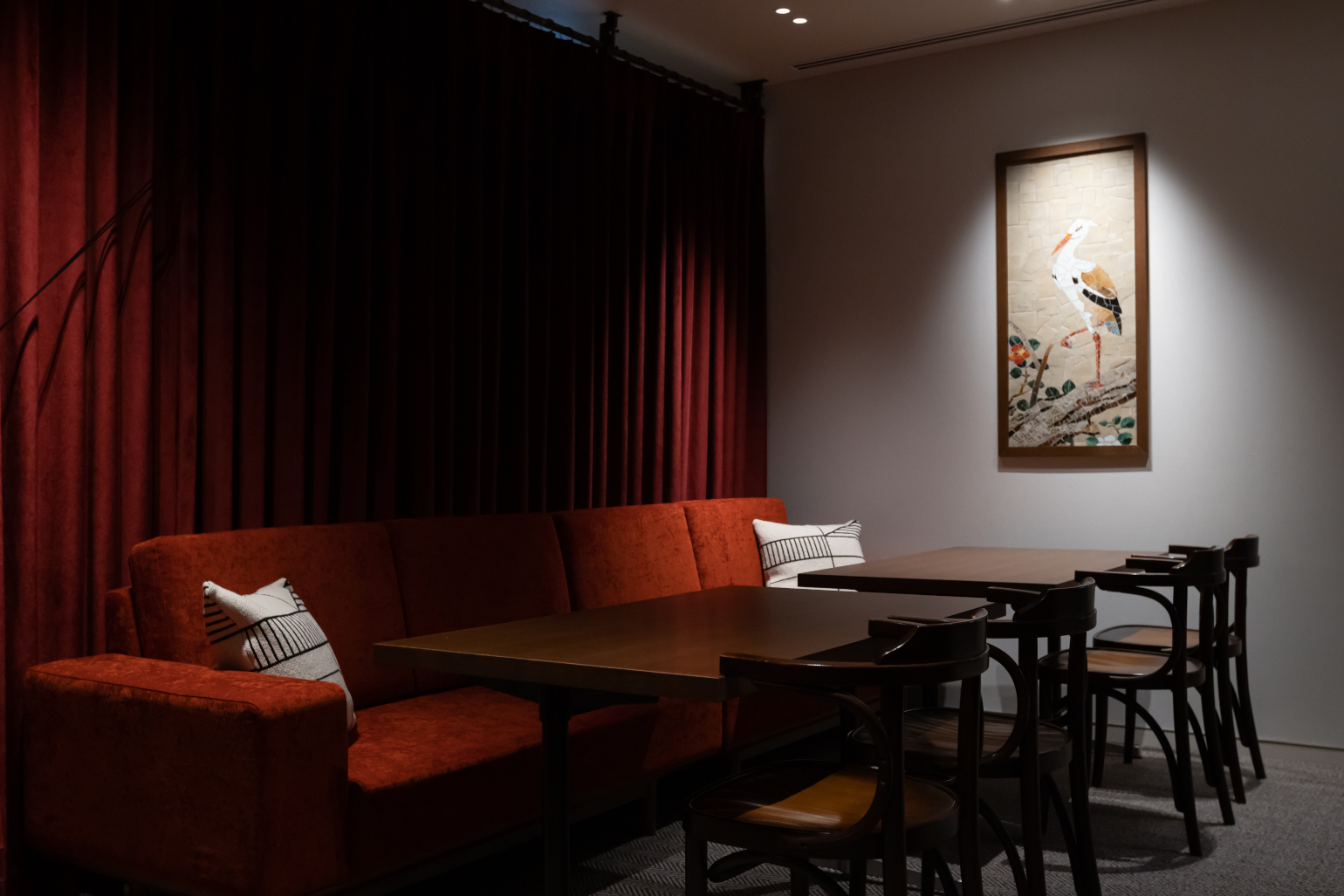
Tominaga Kazushi - Photography
The former HQ of gaming giant Nintendo is getting a new lease of life as a boutique Kyoto hotel – Marufukuro – following a top-to-toe makeover by Tokyo hospitality group Plan Do See, in collaboration with Japanese architecture master Tadao Ando.
For decades, the building had been an empty landmark on a quiet Kyoto street corner, between Kyoto’s Kamo and Takase rivers – its ornate stone façade, forest green signage and art deco grilles contrasting with the traditional cityscape surrounding it. Now, it is set to offer a new spin on the ancient city’s long-standing balancing act between past and future.
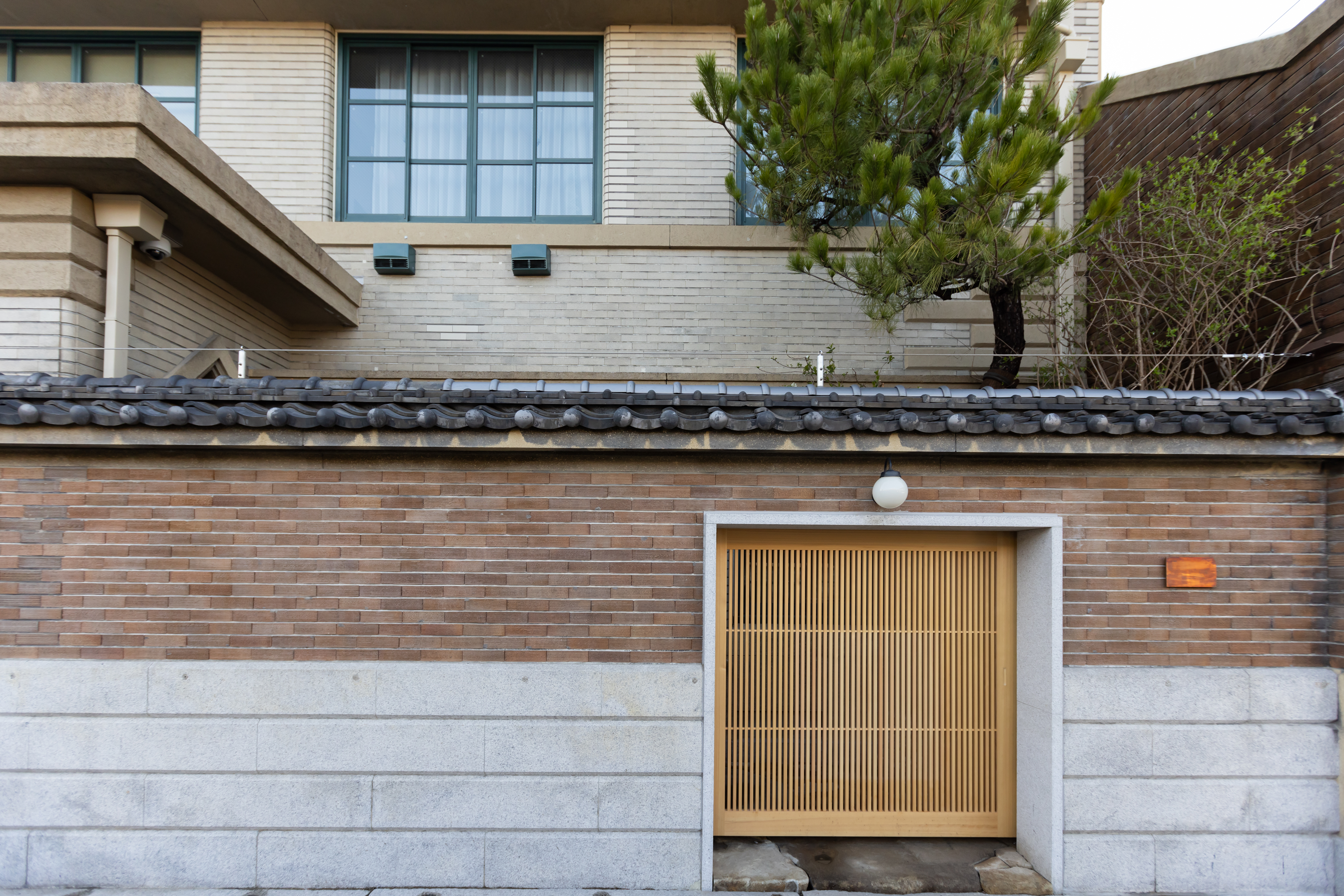
Marufukuro hotel exterior
The hotel spans three structures dating back to 1933. These were once the HQ and warehouse for the Kyoto-born Nintendo (whose distribution company at the time, Marufuku, specialised in playing cards), plus the residence of Nintendo’s founders, the Yamauchi family.
The buildings are a time capsule of early Showa-era architecture, riffing between Japanese and Western influences. Plan Do See’s renovation weaves a contemporary edge into the unique interiors, which remain awash with sweeping masonry, geometric motifs, art deco fireplaces and jewel-toned textiles.
Meanwhile, Ando created a new annex in signature swathes of concrete, while advising on the renovation of the original structures.
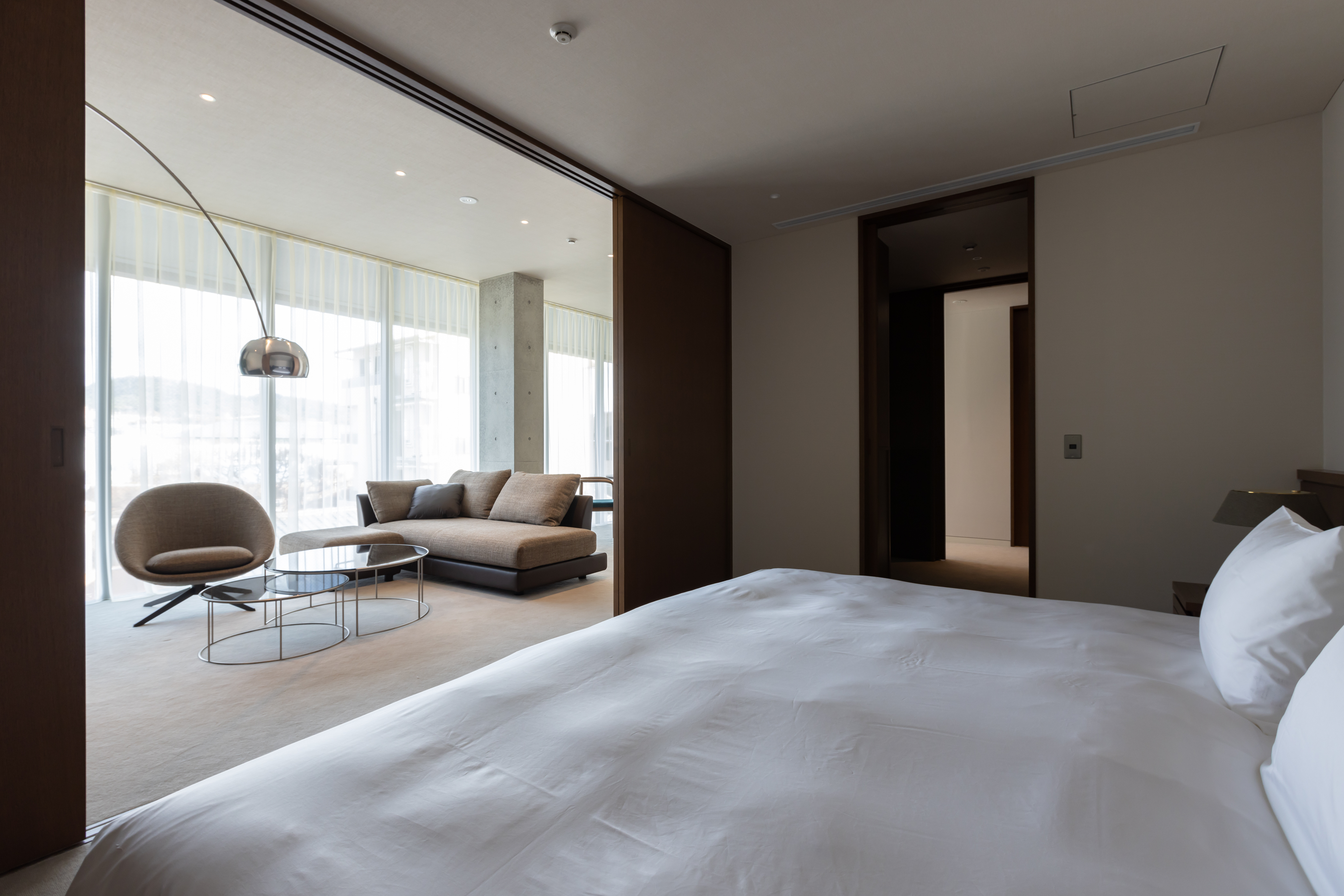
Guest room in the Diamonds annex
‘We wanted to preserve the memories of the original 1933 headquarters and bring it back to life for the present day, passing it on to future generations,’ says the architect. ‘It’s a place to enjoy new experiences in an ancient city. I hope that people will sense the atmosphere of the original headquarters when they visit – and also feel the new layers of Kyoto’s history.’
The façade offers a bold departure from Kyoto’s more low-key and minimalist hotel aesthetics, as reflected in the strong lines and curves of its stonework. There are hints of its history in the vintage green signage and the iron grilles depicting original patterns from early Nintendo playing cards.
Receive our daily digest of inspiration, escapism and design stories from around the world direct to your inbox.
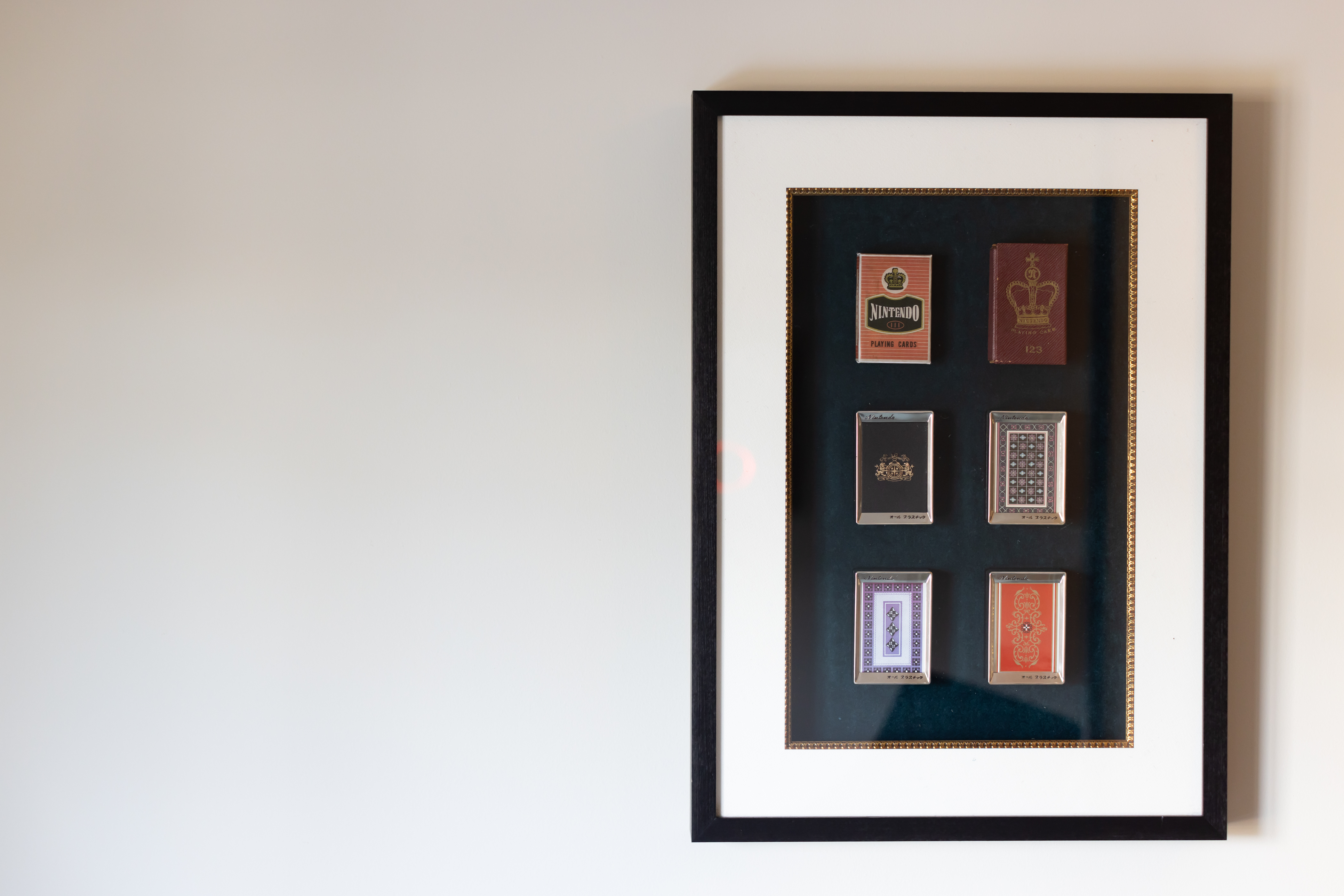
Playing cards reference the building’s past life as Nintendo HQ
A total of 11 guestrooms and seven suites span the four buildings, each named after a playing card suit. Centre stage is the former head office, Spades, with its intricate ironwork entrance, pastel floor tiles and a large sculpture of an egret by paper artist Taki Tamada, fashioned from old wallpaper from the original building. Spades is home to two spacious guest rooms (picture William Morris wallpapers and original white circular lighting). Meanwhile, upstairs is the bar and library – a smooth mesh of modern curves, soft tones and warm metal accents, plus an outdoor terrace, by Tokyo-based Suppose Design Office (the only area of the hotel commissioned by a member of the original Yamauchi family).
Connected to this building is Ando’s new Diamonds annex, which features a more minimalist palette of white, concrete, jewel-hued curtains, and walls of windows in seven spacious guest rooms, including the Marufukuro Suite, which spans this building and Spades. Contemporary lighting accentuates the curved wood of the chairs, by Japanese manufacturer Conde House and crafted in Hokkaido’s Asahikawa region.
In Hearts, the former family home, are five guest rooms fusing vintage Western and Japanese aesthetics, including, among them, tatami flooring, sliding paper screens and a bathtub in an indoor courtyard space.
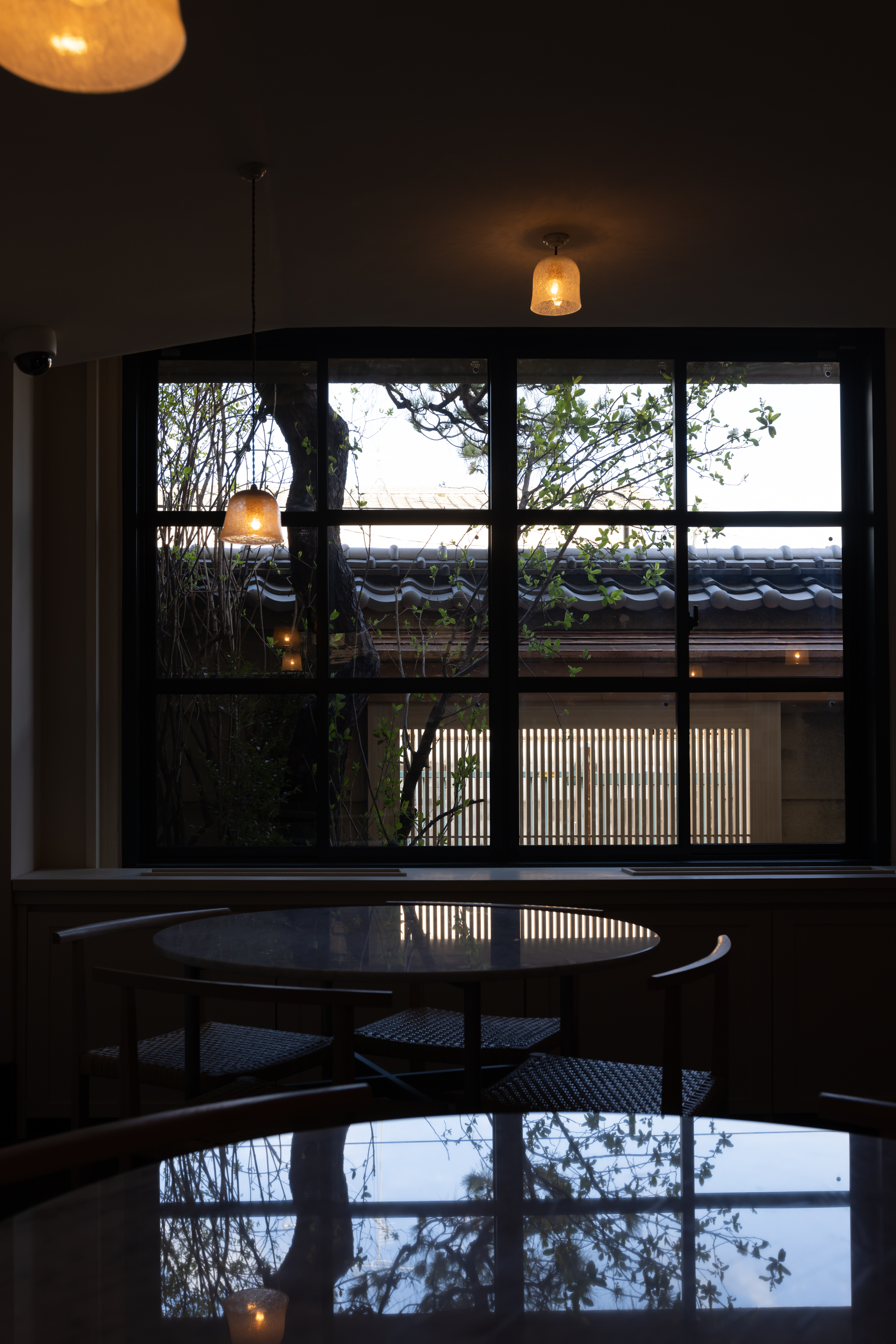
Carta restaurant within the Clubs building
The final building is Clubs, the former storage structure, whose four guest rooms are a visual feast of original and updated design details – from vivid red carpets, turquoise curtains and geometric wallpapers to large wooden wardrobes with modernist motifs (adapted from old doors) and monochrome tiled balconies with mountain views.
Clubs is also home to modern Japanese restaurant Carta, helmed by renowned chef Ai Hosokawa, with blue tiles and a clean-lined central square counter that seats 15.
Aoi Hasegawa, designer at Plan Do See, says of the hotel’s distinctive design: ‘It is a beautiful mix of Japanese and Western styles, unique to its era. We kept many characteristic details, such as stained glass windows, beams and fireplaces, and we also selected different materials – vintage and modern furniture and lighting – in an attempt to create harmony between the original décor and the new interior. The contrast with Ando’s architecture was more beautiful than we could have imagined.’

Interior of the property before the renovation; many of the original features were retained
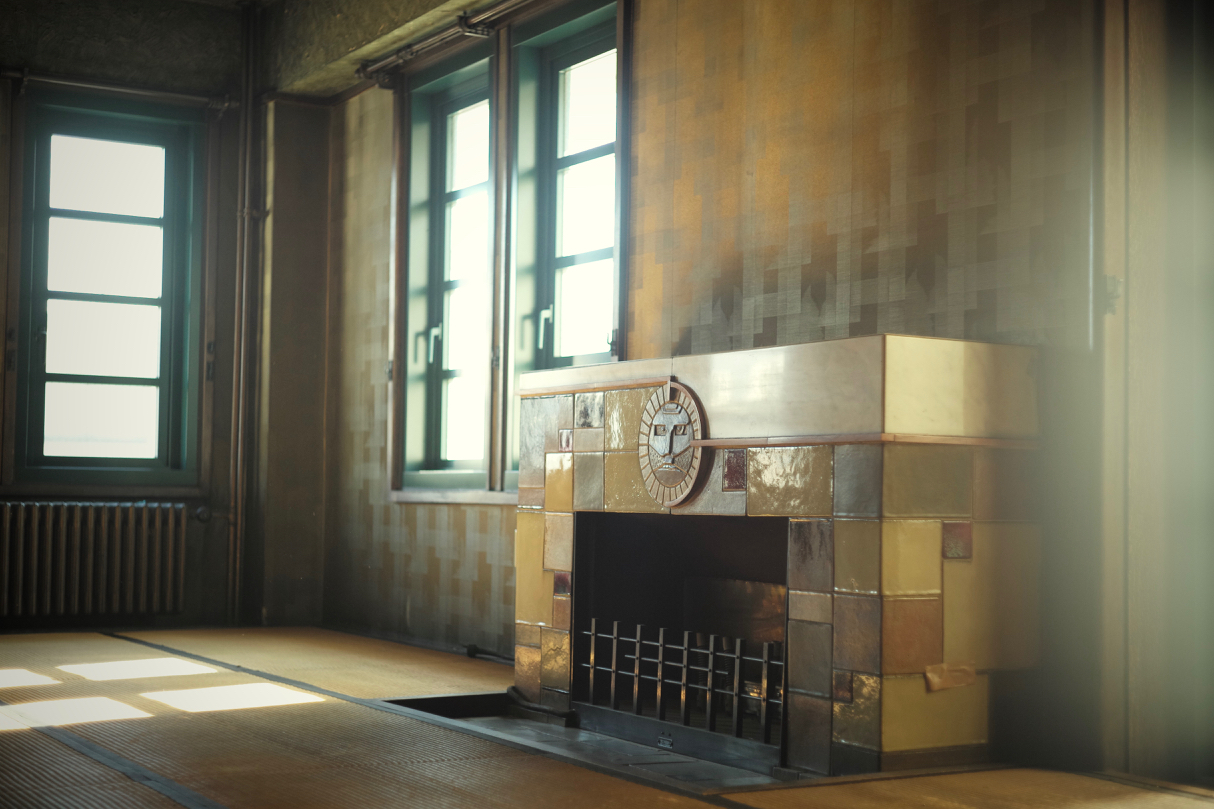
An original fireplace, seen before the renovation
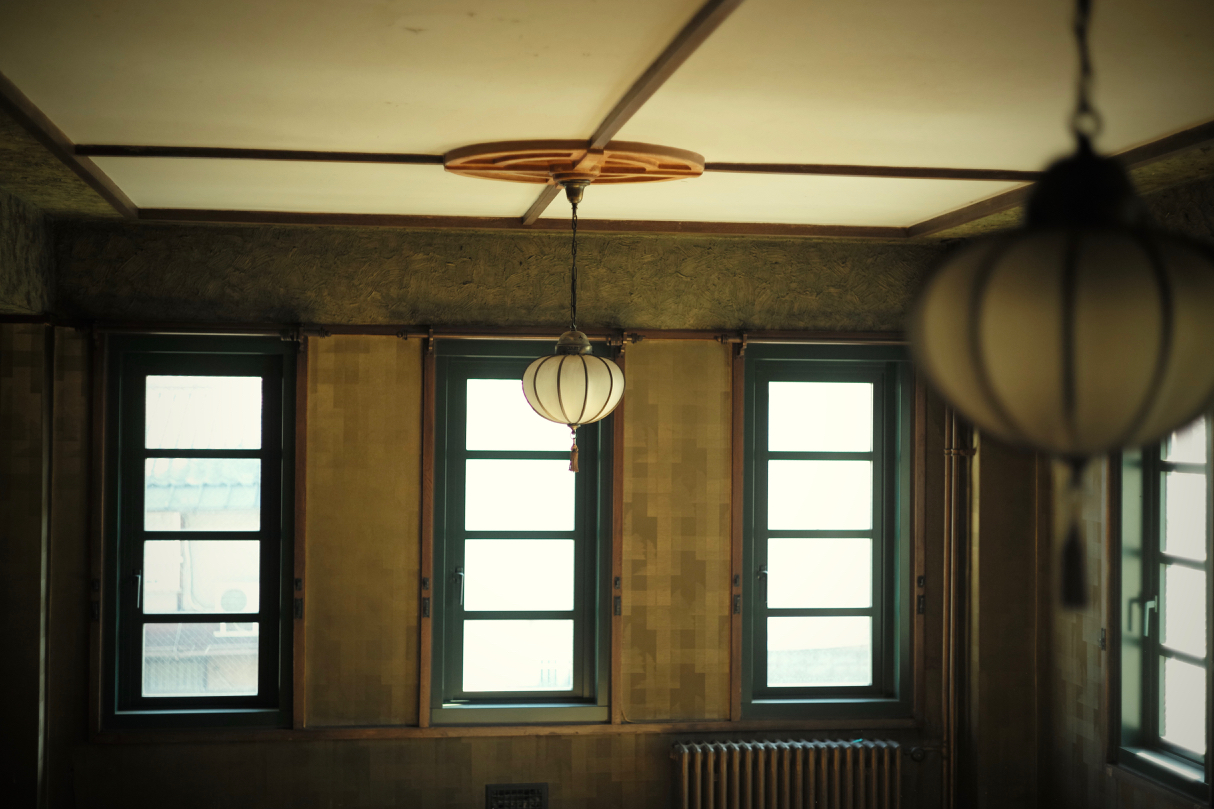
Before the renovation
INFORMATION
Marufukuro will feature in the June 2022 issue of Wallpaper*, on sale 12 May. Subscribe today.
Danielle Demetriou is a British writer and editor who moved from London to Japan in 2007. She writes about design, architecture and culture (for newspapers, magazines and books) and lives in an old machiya townhouse in Kyoto.
Instagram - @danielleinjapan
-
 A former agricultural building is transformed into a minimal rural home by Bindloss Dawes
A former agricultural building is transformed into a minimal rural home by Bindloss DawesZero-carbon design meets adaptive re-use in the Tractor Shed, a stripped-back house in a country village by Somerset architects Bindloss Dawes
-
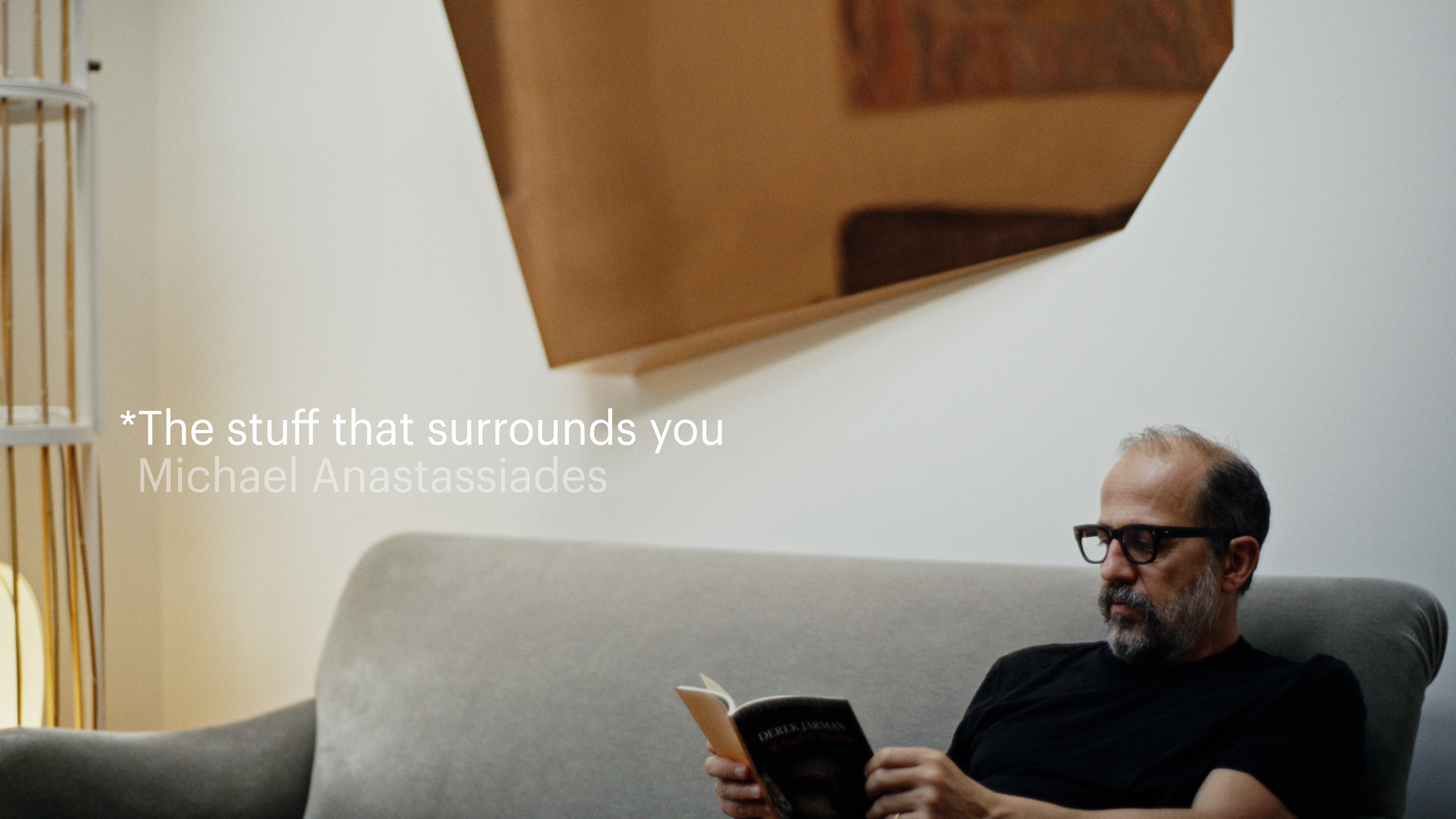 The Stuff That Surrounds You: Inside the home of designer Michael Anastassiades
The Stuff That Surrounds You: Inside the home of designer Michael AnastassiadesIn The Stuff That Surrounds You, Wallpaper* explores a life through objects. In this episode, we step inside one of the most considered homes we've ever seen, where Anastassiades test drives his own creations
-
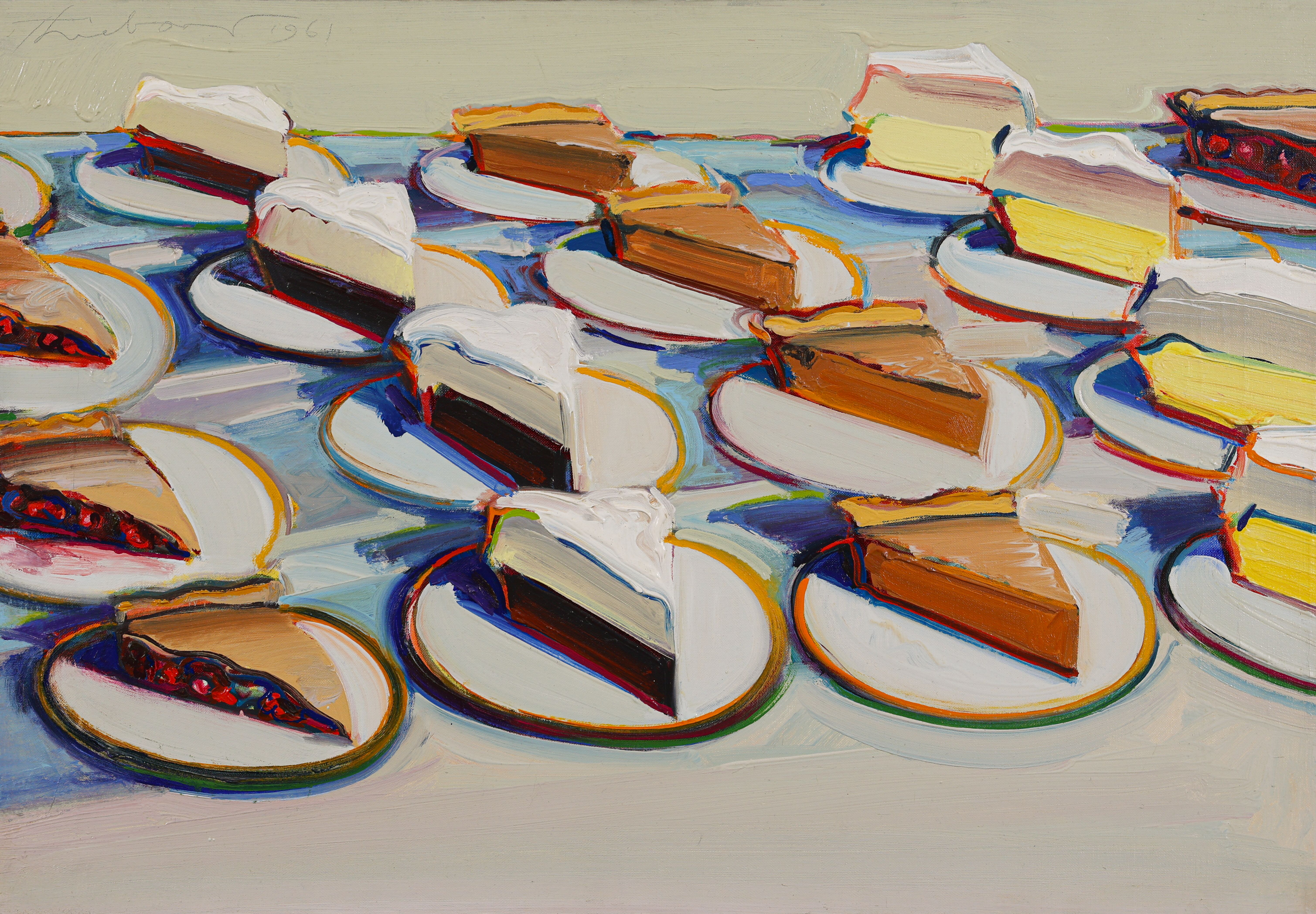 Why are Wayne Thiebaud’s paintings at the Courtauld so tempting?
Why are Wayne Thiebaud’s paintings at the Courtauld so tempting?The American artist’s thickly painted slices of cake at the Courtauld are some of our favourite artworks seen this year. What makes them so special?
-
 Free flights across Japan? ANA just made it happen
Free flights across Japan? ANA just made it happenA new All Nippon Airways scheme in collaboration with the Japan National Tourism Organization aims to ease overtourism in major hubs by boosting regional travel
-
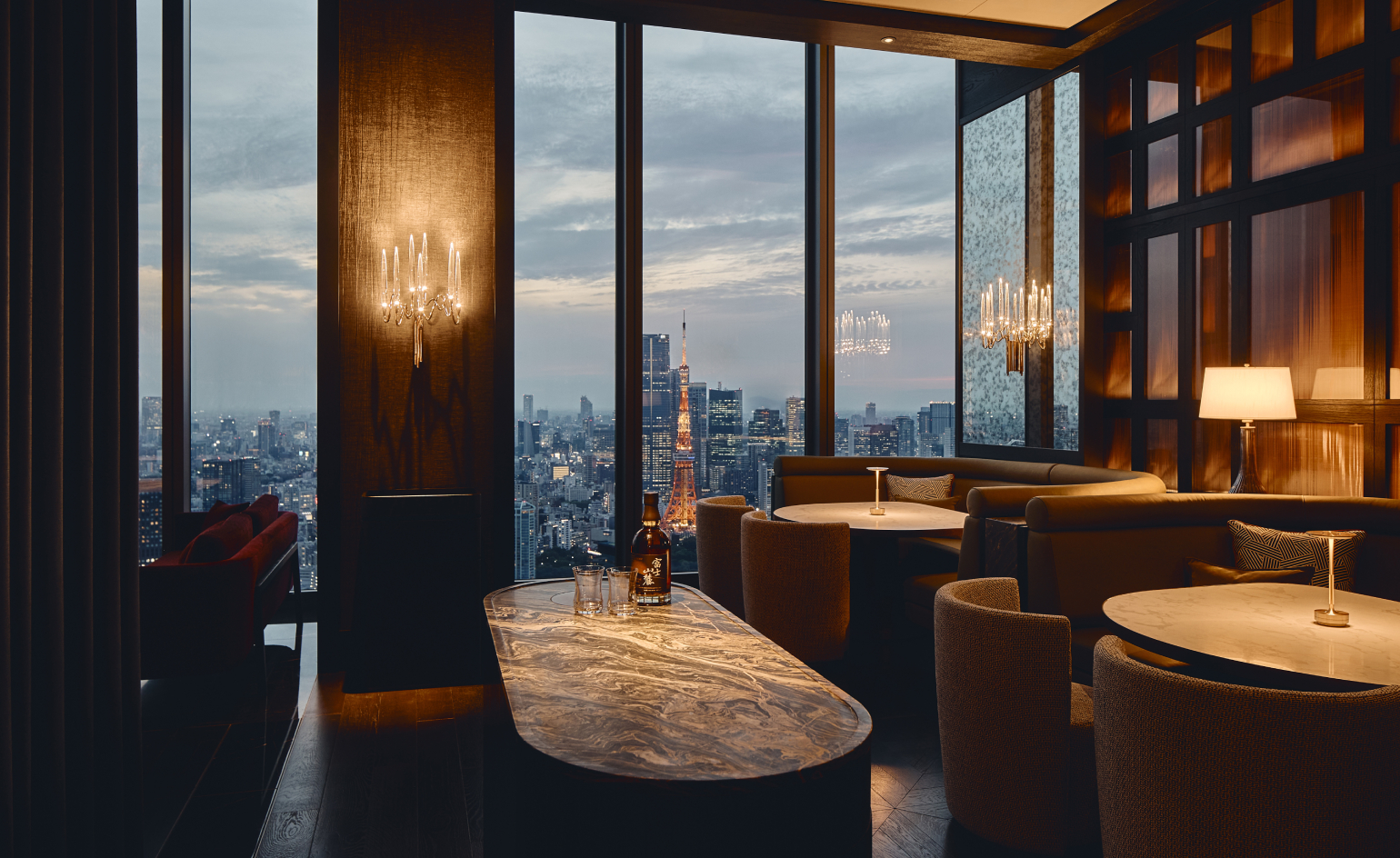 Is this Tokyo’s most alluring new hotel?
Is this Tokyo’s most alluring new hotel?In the world’s busiest capital, a new benchmark for serenity emerges 35 floors above ground. We checked into the Fairmont Tokyo
-
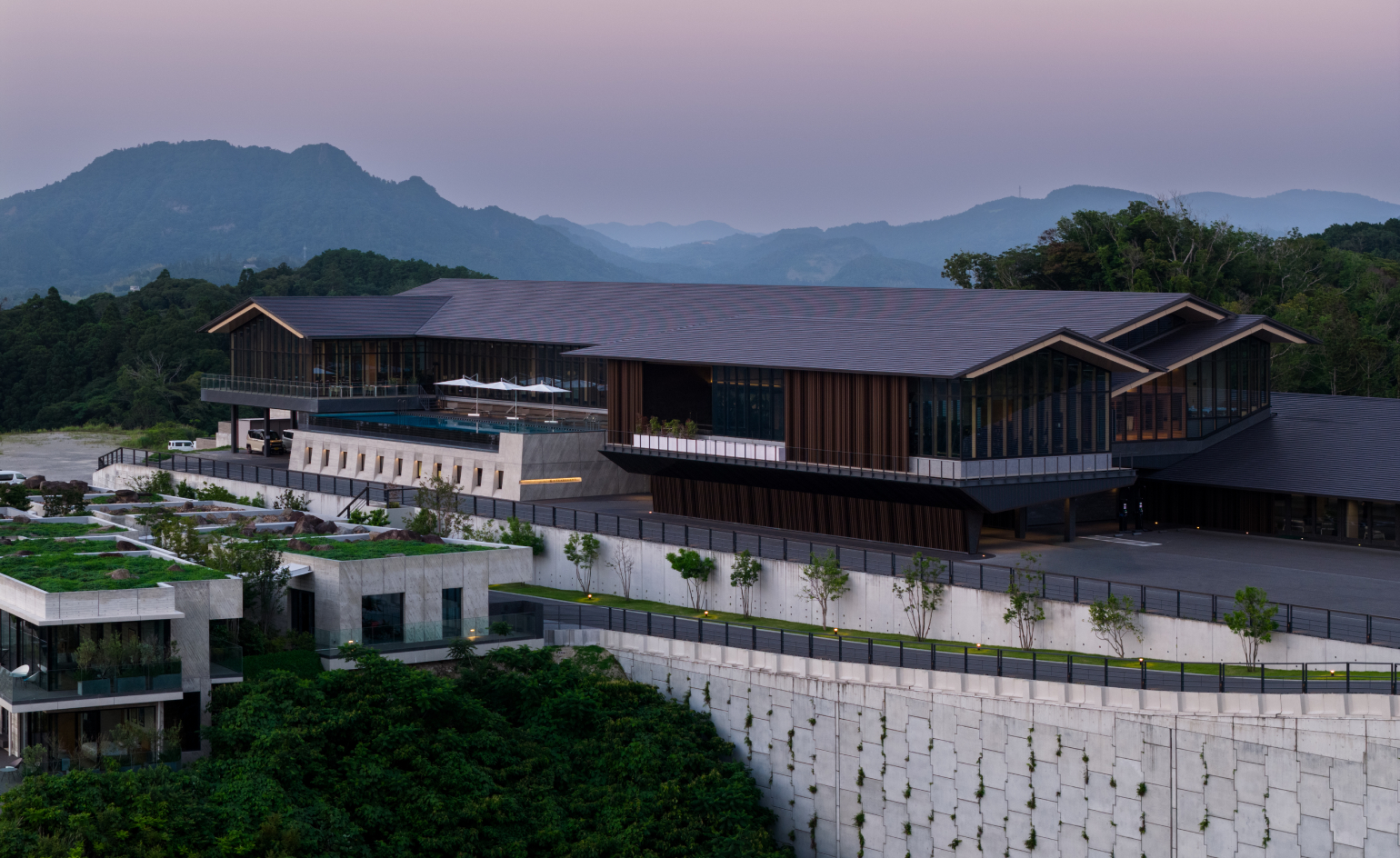 A cinematic members’ club rises in Japan’s forested hills
A cinematic members’ club rises in Japan’s forested hillsJoyce Wang Studio unveils The Magarigawa Club Clubhouse in Chiba
-
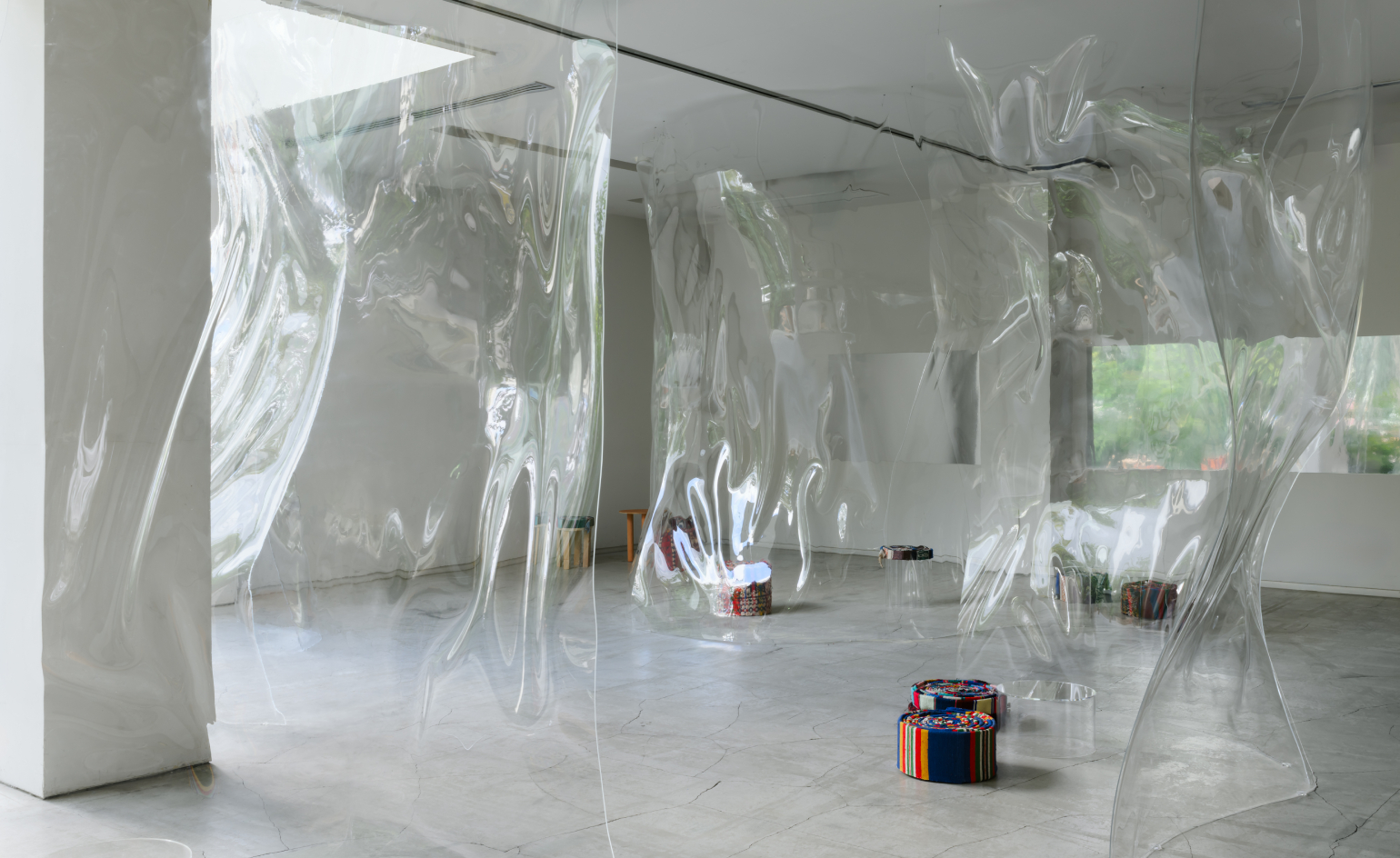 How Ichio Matsuzawa designed the almost-invisible bar defining Art Week Tokyo 2025
How Ichio Matsuzawa designed the almost-invisible bar defining Art Week Tokyo 2025During the 2025 edition of AWT, Wallpaper* met the Japanese architect to explore architecture as sensation, not structure
-
 In Sou Fujimoto’s far-flung Not A Hotel villa, solitude feels almost planetary
In Sou Fujimoto’s far-flung Not A Hotel villa, solitude feels almost planetaryAn underwater sauna, an infinity pool and a circular courtyard garden are just a few of the highlights at Not A Hotel’s latest outpost, on Japan’s Ishigaki Island
-
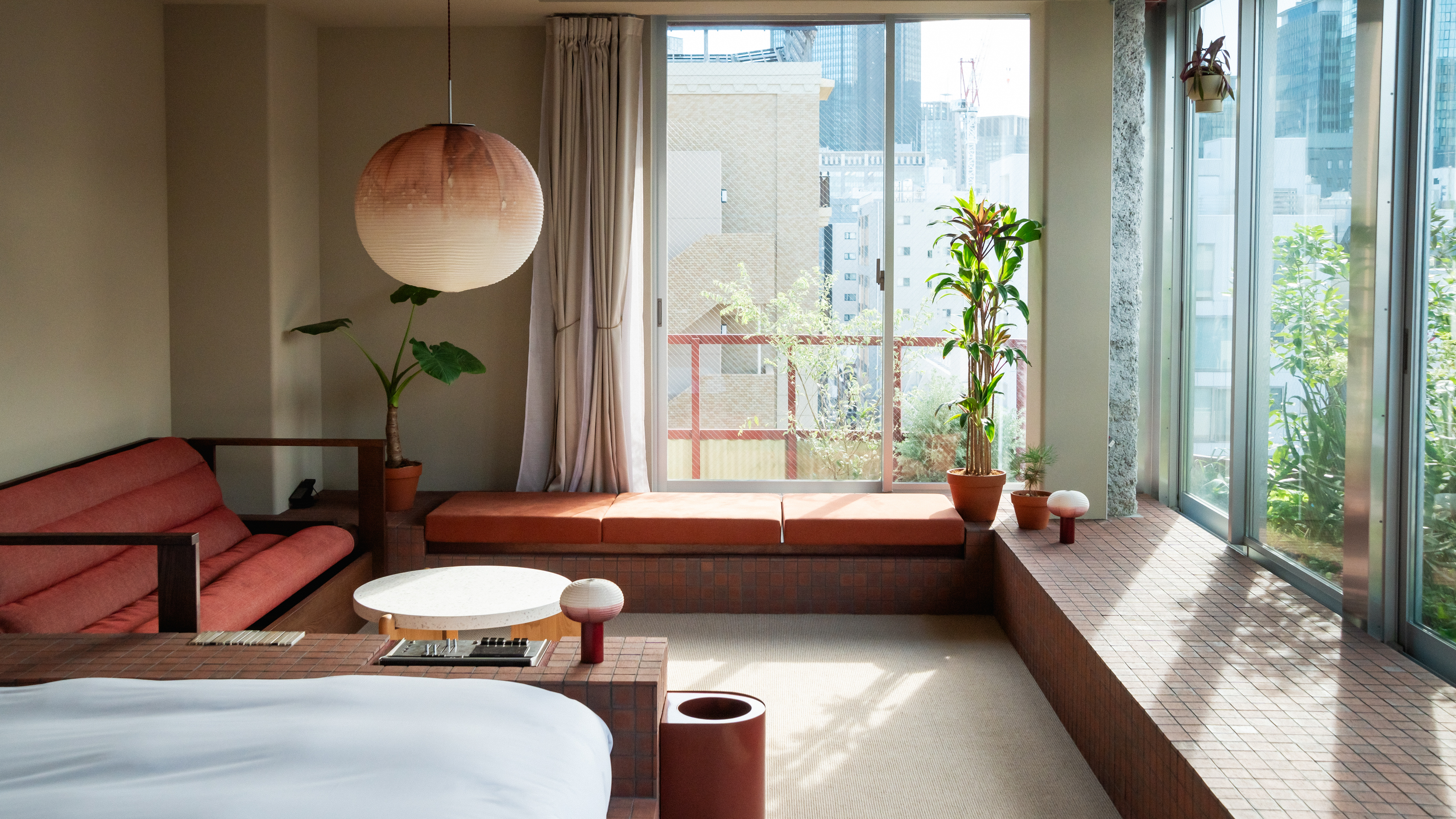 Check into a new pocket-sized Tokyo hotel
Check into a new pocket-sized Tokyo hotelSoil Nihonbashi Hotel brings greenery, warmth and a neighbourhood spirit to a quiet corner near Tokyo Central Station
-
 Explore Hiroshima through the eyes of those who rebuilt it
Explore Hiroshima through the eyes of those who rebuilt itJapan’s architectural phoenix continues to rise. ‘The Hiroshima Architecture Exhibition 2025’ explores a legacy of memory and modernism across 23 architects and artist groups
-
 Will the revamped Park Hyatt Tokyo keep its cinematic soul?
Will the revamped Park Hyatt Tokyo keep its cinematic soul?As Park Hyatt Tokyo prepares to reopen after an extensive transformation, film fans wonder: will it still evoke Sofia Coppola’s dreamscape?